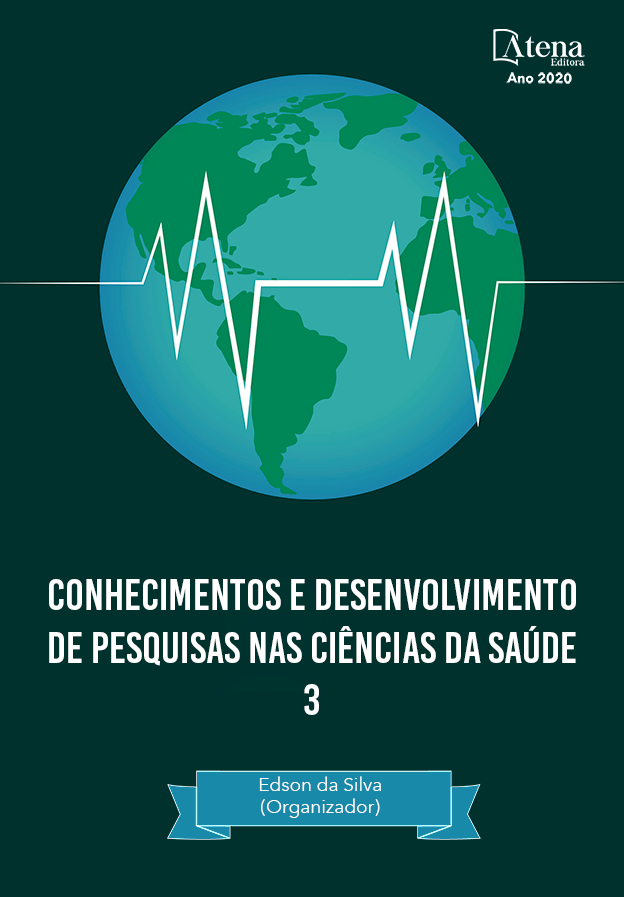
NÍVEIS DE CÉLULAS T REGULATÓRIAS CD4+CD25+FOXP3+ E SUA CORRELAÇÃO COM A REATIVIDADE AO TESTE TUBERCULÍNICO EM IDOSOS COM TUBERCULOSE
Este trabalho teve como objetivo verificar a correlação entre os níveis de células T regulatórias CD4+CD25+FOXP3+ e a reatividade ao Teste Tuberculínico (TT) em idosos e adultos com tuberculose (TB) em atividade e idosos sem TB. Os participantes da pesquisa foram recrutados nos serviços da rede pública de saúde que prestam assistência a pacientes com TB na cidade do Recife (PE), no período de janeiro de 2008 a dezembro de 2009. A expressão de FOXP3+ por PCR em tempo real foi realizada em 61 pacientes, enquanto que quantificação das células Treg por citometria de fluxo em 25. Compararam-se os resultados entre os grupos utilizando-se médias e percentuais do número de células Treg/µl com diferentes níveis de reatividade do TT pela correlação de Pearson. A diferença entre as médias nos diferentes grupos do estudo foi testada por meio da análise de variância (ANOVA) e as diferenças entre proporções testadas pelo cálculo de qui-quadrado. Todas as decisões foram tomadas ao nível de significância de 5%. Os percentuais médios de células CD4+CD25+FOXP3+ foram menores na população de idosos com TB (23,16 ± 13,73) quando comparado com as médias dos grupos de idosos sem doença (28,70 ± 27,11) e adultos doentes (34,16 ± 26,02), porém sem diferença estatística. Os idosos doentes apresentaram menor expressão do gene FOXP3+ (17,4 ± 1,27) em relação aos idosos sem TB doença (18,0 ± 0,99) e adultos com TB (18,5 ± 2,15), também sem diferença estatística. Ao analisar a correlação entre o resultado do TT em milímetros e o percentual no sangue periférico de CD4+CD25+ FOXP3+ em 25 pacientes observou-se que só houve correlação estatisticamente significativa, entre as duas variáveis, no grupo de adultos com TB doença (p=0,004). No entanto, verificou-se uma correlação positiva entre a resposta do TT em mm e os níveis de FOXP3+nos grupos de adultos (p=0,025) e idosos com TB em atividade (p=0,034) e uma correlação negativa entre a resposta do TT e os níveis de FOXP3+no grupo de idosos sem TB. Os resultados encontrados indicam uma diminuição dos níveis de células T regulatórias na circulação periférica de pacientes idosos com tuberculose em atividade, sugerindo existir uma imunodepressão nesse grupo que pode ser responsável pela menor reatividade ao TT quando comparado aos adultos com tuberculose.
NÍVEIS DE CÉLULAS T REGULATÓRIAS CD4+CD25+FOXP3+ E SUA CORRELAÇÃO COM A REATIVIDADE AO TESTE TUBERCULÍNICO EM IDOSOS COM TUBERCULOSE
-
DOI: 10.22533/at.ed.79220171114
-
Palavras-chave: Tuberculose; Idoso; Imunidade; células T regulatórias CD4+CD25+ FOXP3+; Teste Tuberculínico.
-
Keywords: Tuberculosis; Old man; Immunity; regulatory CD4 + CD25 + FOXP3 + T cells; Tuberculin Test.
-
Abstract:
This study aimed to verify the correlation between the levels of regulatory T cells CD4 + CD25 + FOXP3 + and the reactivity to the Tuberculin Test (TT) in the elderly and adults with active tuberculosis (TB) and the elderly without TB. Research participants were recruited from public health services that provide care to TB patients in the city of Recife (PE), from January 2008 to December 2009. The expression of FOXP3 + by real-time PCR was performed in 61 patients, while quantification of Treg cells by flow cytometry in 25. Results were compared between groups using means and percentages of the number of Treg cells / µl with different levels of TT reactivity by Pearson's correlation. The difference between the means in the different study groups was tested by means of analysis of variance (ANOVA) and the differences between proportions tested by the chi-square calculation. All decisions were made at a significance level of 5%. The average percentages of CD4 + CD25 + FOXP3 + cells were lower in the elderly population with TB (23,16 ± 13,73) when compared to the averages of the groups of elderly without disease (28.70 ± 27.11) and sick adults (34.16 ± 26.02), but without statistical difference. The sick elderly showed less expression of the FOXP3 + gene (17.4 ± 1.27) than the elderly without TB disease (18.0 ± 0.99) and adults with TB (18.5 ± 2.15), also without statistical difference. When analyzing the correlation between the TT result in millimeters and the percentage in the peripheral blood of CD4 + CD25 + FOXP3 + in 25 patients, it was observed that there was only a statistically significant correlation, between the two variables, in the group of adults with TB disease (p = 0.004). However, there was a positive correlation between the TT response in mm and the levels of FOXP3 + in the groups of adults (p = 0.025) and elderly people with active TB (p = 0.034) and a negative correlation between the response of the TT and FOXP3 + levels in the group of elderly people without TB. The results found indicate a decrease in the levels of regulatory T cells in the peripheral circulation of elderly patients with active tuberculosis, suggesting that there is an immunodepression in this group that may be responsible for the lower reactivity to TT when compared to adults with tuberculosis.
-
Número de páginas: 15
- BRAGA, Maria Cynthia
- PEREIRA, Valéria Rêgo
- CASTRO, Maria Carolina Accioly Brelaz de
- CASTANHA, Priscila Mayrelle da Silva
- MACHADO, Filipe
- ALBUQUERQUE, Maria de Fátima Pessoa Militão
- Cintia Michele Gondim de Brito


